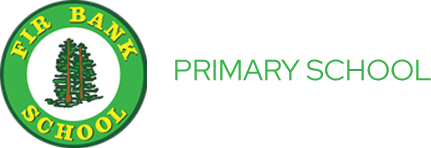Computing
Intent
Through our computing curriculum at Fir Bank Primary school, we aim to give our pupils the life-skills that will enable them to embrace and utilise new technology in a socially responsible and safe way in order to thrive. We want our pupils to be able to operate in the 21st century workplace and we want them to know the career opportunities that will be open to them following the study of computing. We want children to become safe, independent users of computing technologies by developing confidence and enjoyment from their activities. We hope that the use of technology will assist in the support of learning across the entire curriculum and ensure that the curriculum is accessible to every child.
Not only do we want children to be digitally literate and competent users of technology, through our computer science lessons we want to aid them to develop creativity, resilience, problem-solving and critical thinking skills. We want our pupils to have a range of experiences to advance their understanding of themselves as individuals within their community but also as members of a wider global community and as responsible digital citizens.
Implementation
At Fir Bank, computing is taught in discreet computing lessons. The computing curriculum is delivered through our own scheme of learning based on the Purple Mash On-line Learning platform. Every lesson in our scheme has been individually planned so that it can be effectively taught using the infrastructure we have in place at school and so that it can meet the needs of all our pupils.
Consideration is given to how greater depth will be taught, learnt and demonstrated within each lesson, as well as how learners will be supported in line with the school’s commitment to inclusion.
Impact
Evidence of a broad and balanced computing curriculum which demonstrates children’s acquisition identified through sticky knowledge and skills.
Children are able to review their successes in achieving the lesson objectives and are actively encouraged to identify their own areas of development.
As children progress throughout school, they develop a deep knowledge, understanding and appreciation.
We measure the impact of our curriculum through the following methods;
- Learning walks and professional dialogue with teachers.
- Accessing children’s understanding of vocabulary before and after the ‘knowledge and skills’ have been taught.
- Interviewing children about their learning (pupil voice).

OUR SOCIAL WALL